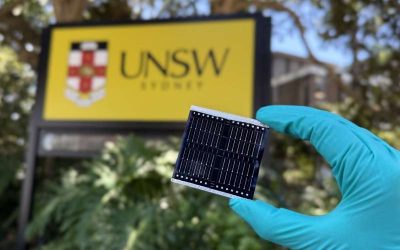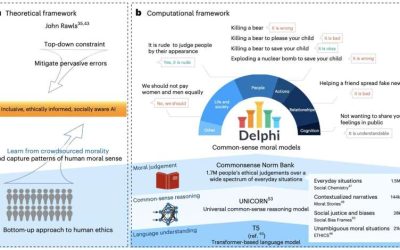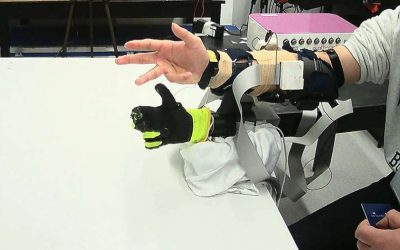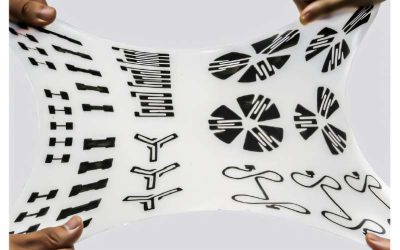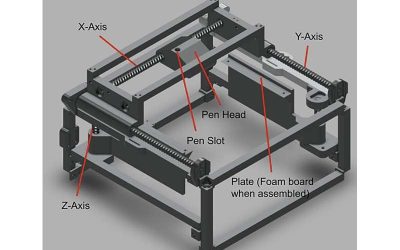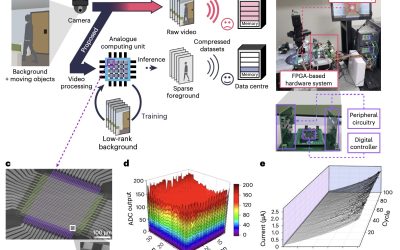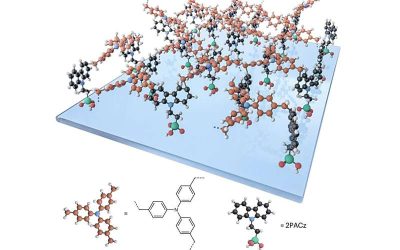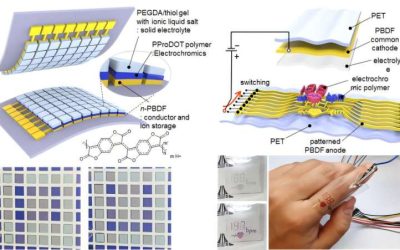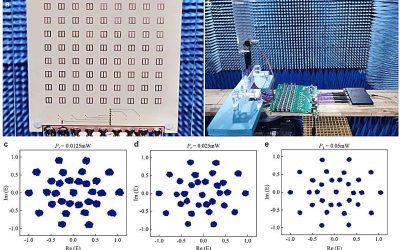Photovoltaics (PVs), devices that can convert sunlight into electrical power, are becoming increasingly widespread and more people worldwide are now relying on them to generate electricity. Renewable energy engineers worldwide are working to identify materials and...
TECHXPLORE
Delphi experiment tries to equip an AI agent with moral judgment
Advanced artificial intelligence (AI) tools, including LLM-based conversational agents such as ChatGPT, have become increasingly widespread. These tools are now used by countless individuals worldwide for both professional and personal purposes.
New soft prosthetic hand offers natural bionic interfacing
Recent technological advances have opened new possibilities for the development of assistive and medical tools, including prosthetic limbs. While these limbs used to be hard objects with the same shape as limbs, prosthetics are now softer and look more realistic, with...
A new method to fabricate soft electronics via particle engulfment printing
The electronics industry has been rapidly advancing over the past few decades, leading to the development of countless devices of different sizes and shapes, which are designed for a variety of applications.
Automating penmanship: Researchers develop cost-effective, AI-enhanced robotic handwriting system
Recent advances in robotics and artificial intelligence (AI) are enabling the development of a wide range of systems with unique characteristics designed for varying real-world applications. These include robots that can engage in activities traditionally only...
Analog computing platform based on one-memristor array efficiently processes real-time videos
As artificial intelligence models become increasingly advanced, electronics engineers have been trying to develop new hardware that is better suited for running these models, while also limiting power-consumption and boosting the speed at which they process data. Some...
A self-assembled bilayer could enhance the thermal stability of perovskite solar cells
Over the past few years, photovoltaic (PV) technologies have become increasingly widespread, contributing to the ongoing quest to reduce greenhouse gas emissions. While most solar cells on the market today are made of silicon, other materials are emerging as promising...
New n-doped transparent conductor shows promise for all-polymer electrochromic displays
Recent technological advances have enabled the development of increasingly sophisticated and energy-efficient displays for electronic devices. To further improve existing displays and create even more efficient ones, some engineers have been trying to synthesize and...
Programmable metasurface antenna exhibits remarkable wireless information mapping efficiency
In recent years, electronics engineers worldwide have been trying to develop new hardware that could further boost the speed and efficiency of wireless communications. Digitally programmable metasurfaces, advanced artificial materials engineered to manipulate the...
3D printing strategy can upgrade soft robots and extend their lifespan
Over the past decades, robotic systems have been rapidly advancing, fueled by the continuous introduction of more advanced electronics, mechanical components and software solutions. As a result, robots can easily become obsolete and outdated as newer systems emerge.

